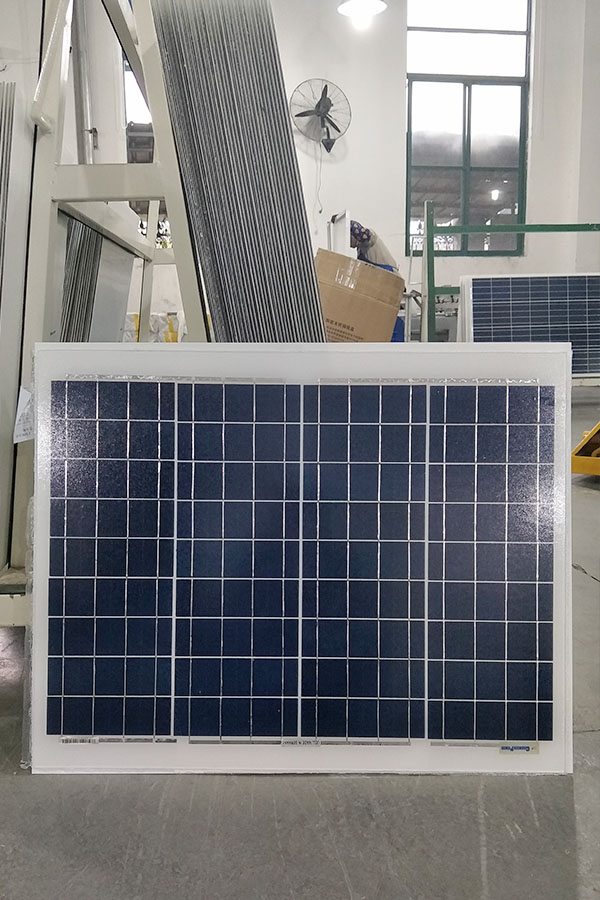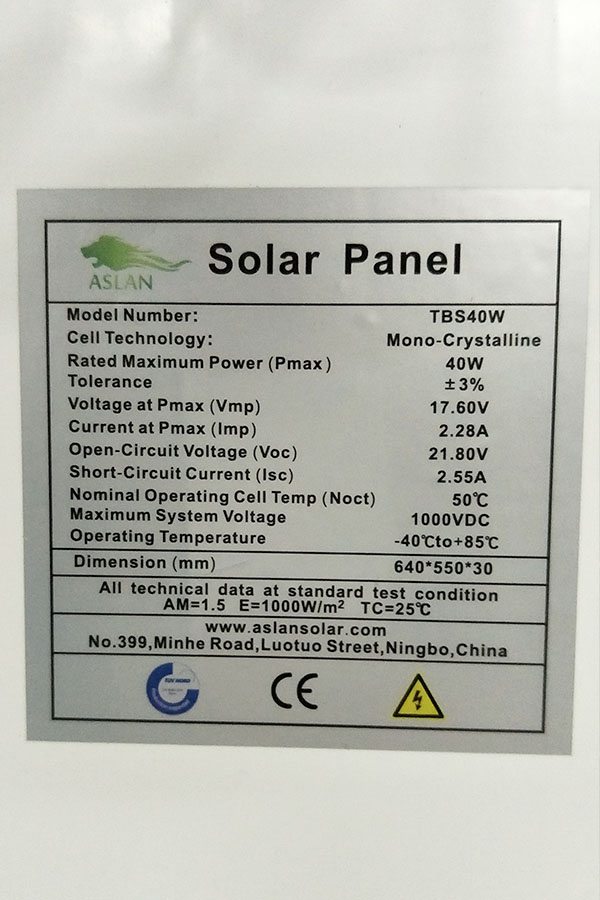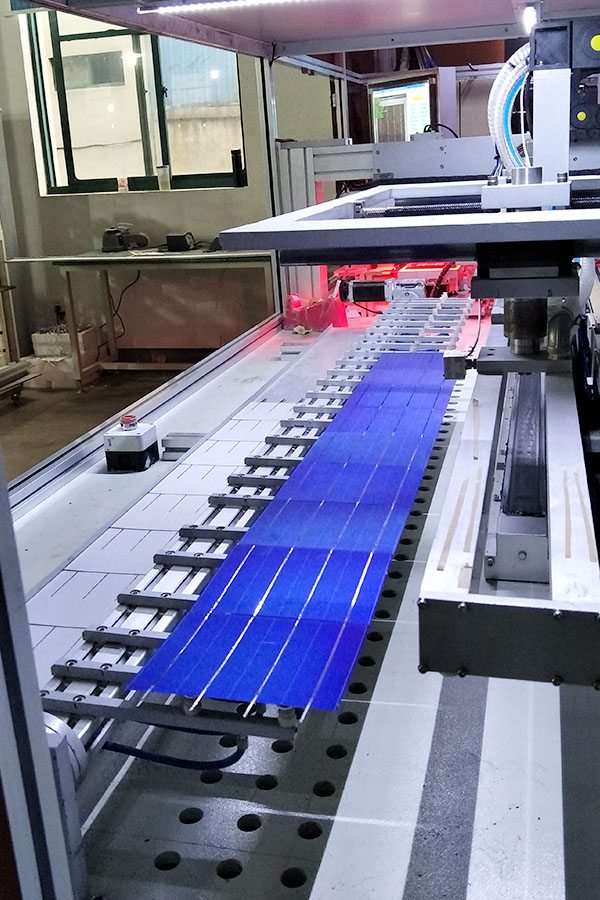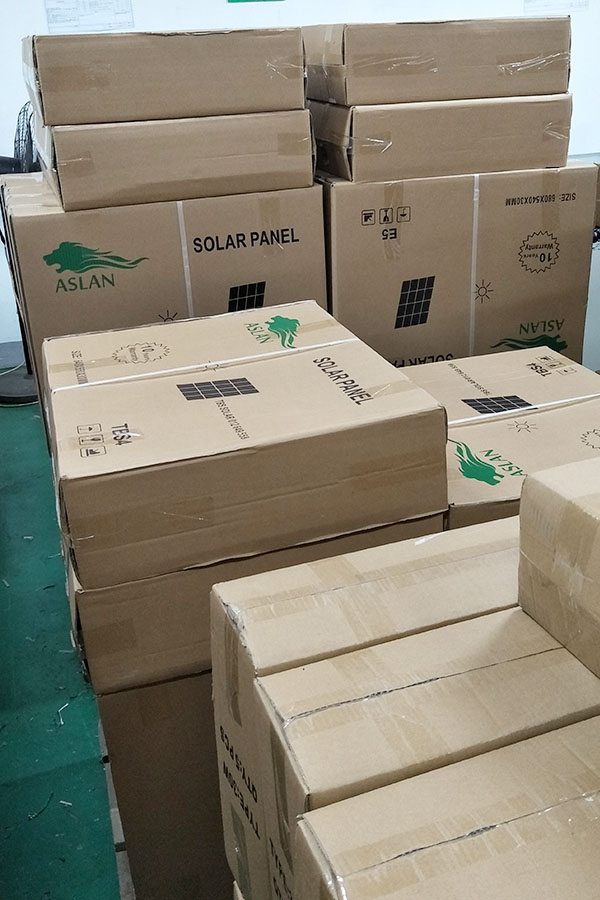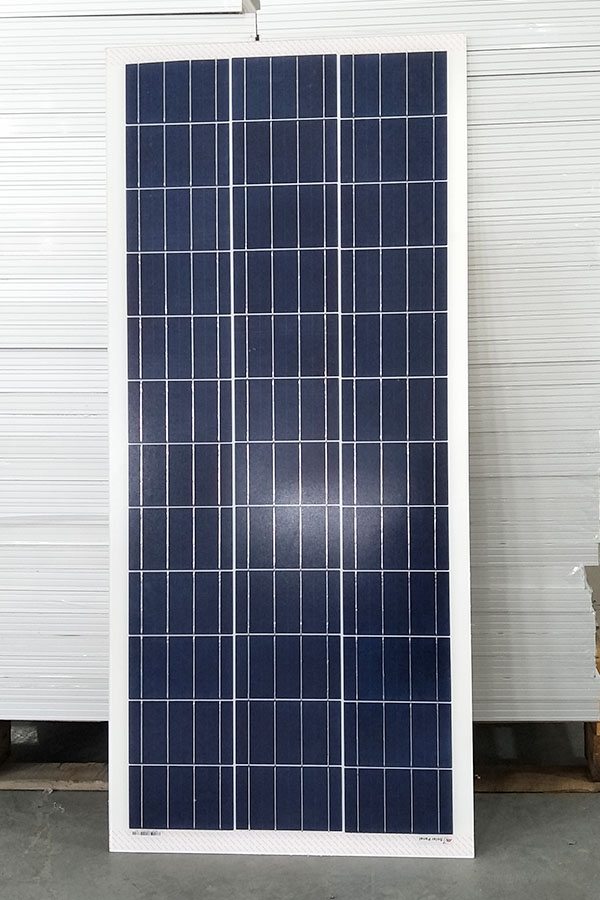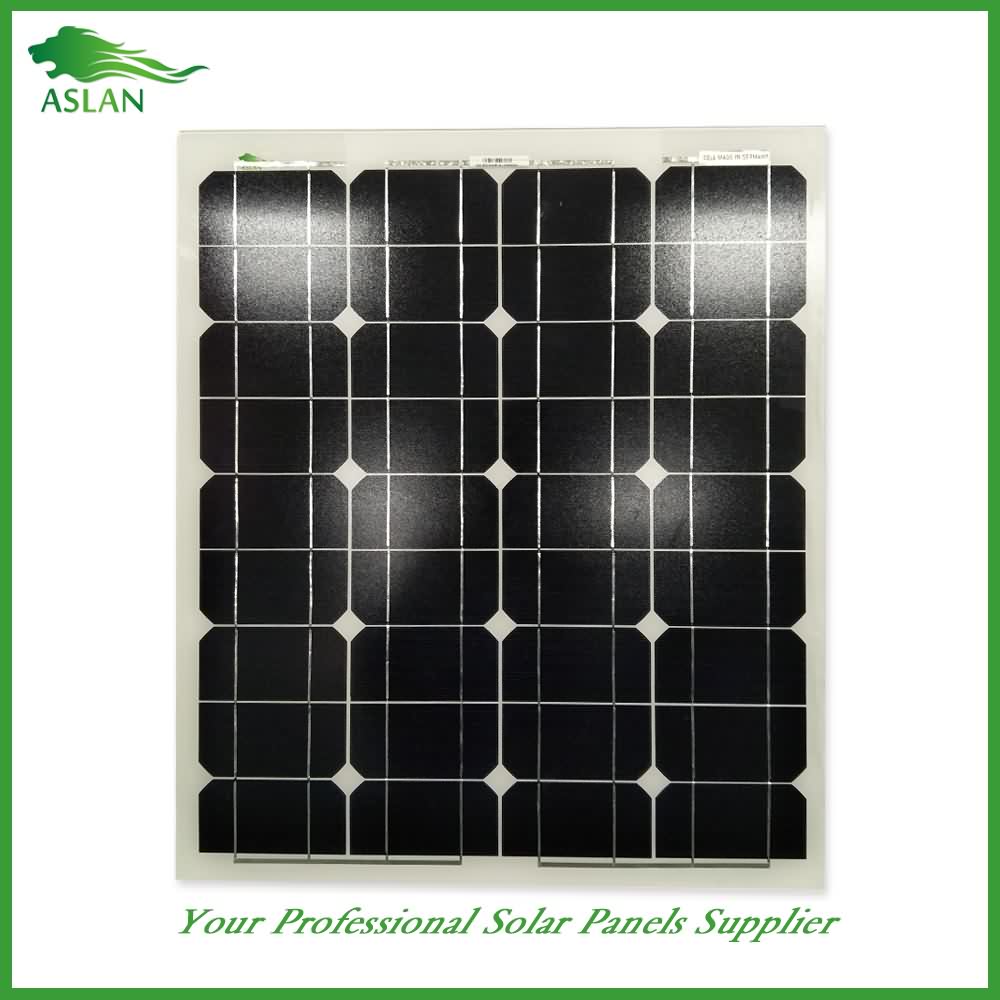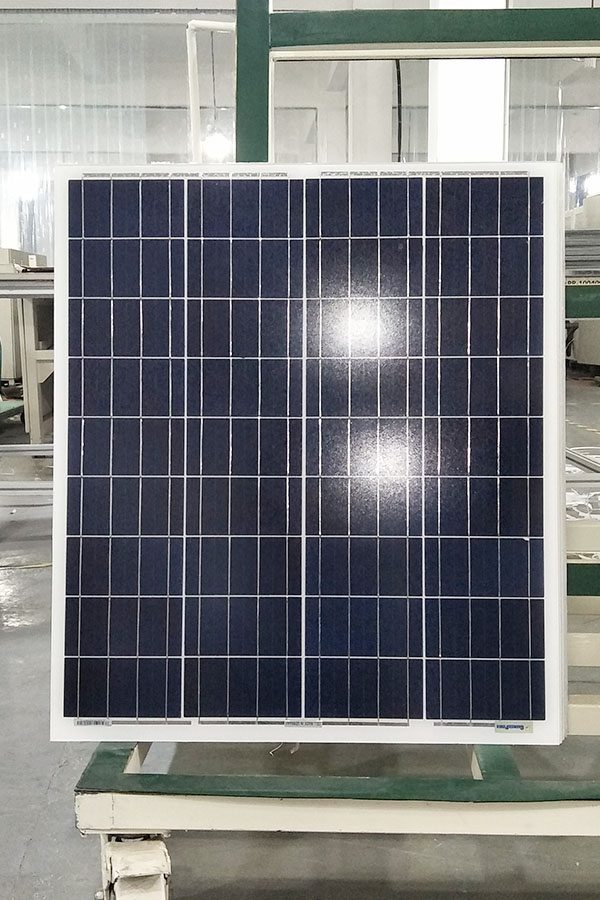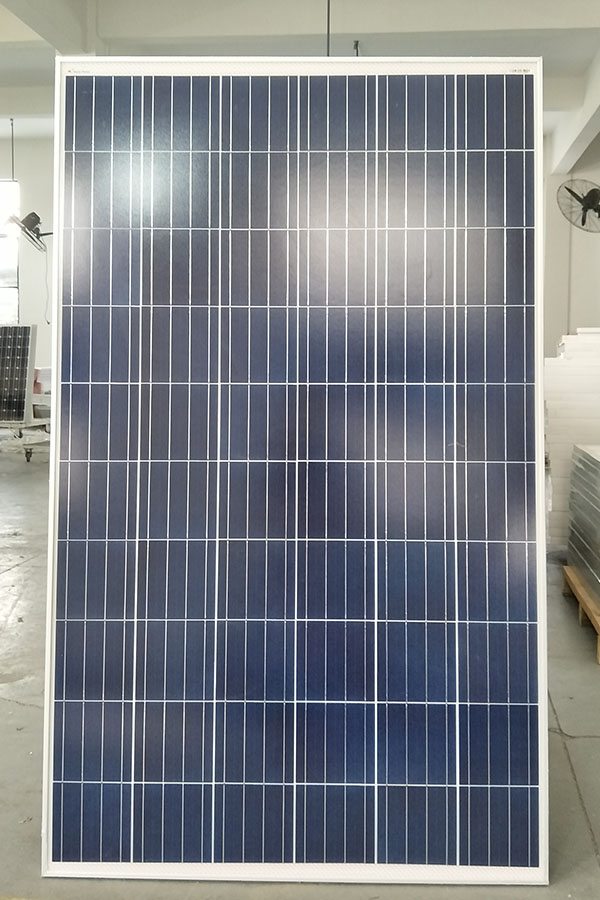Factory For Poly-crystalline Solar Panel 40W in Porto
Short Description:
All we do is always associated with our tenet " Customer first, Trust first, devoting on the food packaging and environmental protection for Factory For Poly-crystalline Solar Panel 40W in Porto, Adhering to the business principle of mutual benefits, we have won good reputation among our customers because of our perfect services, quality products and competitive prices. We warmly welcome customers from home and abroad to cooperate with us for common success.
Poly-crystalline Solar Panel 40W
Technical parameter
Maximum Power(W) 40W
Optimum Power Voltage(Vmp) 17.35V
Optimum Operating Current(Imp) 2.31A
Open Circuit Voltage(Voc) 21.16V
Short Circuit Current(Isc) 2.53A
Mechanical Characteristics
Cell Type Polycrystalline 156 x 52mm
No of Cell 36 (4x9pcs)
Dimensions 670x420x30mm
Weight 4.0Kg
Front Glass 3.5mm,High Transmission, Low Iron,Tempered Glass
Junction box IP65 Rated
Output Cable TUV 1×4.0mm2/UL12AWG,Length:900mm
Temperature and Coefficients
Operating Temperature(°C): -40°C ~ + 85°C
Maximum System Voltage: 600V(UL)/1000V(IEC) DC
Maximum Rated Current Series: 15A
Temperature Coefficients of Pmax: -0.47%
Temperature Coefficients of Voc: -0.389%
Temperature Coefficients of Isc: 0.057%
Nominal Operationg Cell Temperature (NOCT): 47+/-2°C
Materials of solar panel
1).Solar Cell——Polycrystalline solar cell 156*52mm
2).Front Glass——-3.2mm, high transmission, low iron, tempered glass
3).EVA——-excellent anti-aging EVA
4).TPT——-TPT hot seal made of flame resistance
5).Frame——anodized aluminum profile
6).Junction Box——-IP65 rated, high quality, with diode protection
Superiority: high quality anodized aluminum frame, high efficiency long life, easy installation, strong wind resistance, strong hail resistance.
Features
1. High cell efficiency with quality silicon materials for long term output stability
2. Strictly quality control ensure the stability and reliability, totally 23 QC procedures
3. High transmittance low iron tempered glass with enhanced stiffness and impact resistance
4. Both Poly-crystalline and Mono-crystalline
5. Excellent performance in harsh weather
6. Outstanding electrical performance under high temperature and low irradiance
Quality assurance testing
Thermal cycling test
Thermal shock test
Thermal/Freezing and high humidity cycling test
Electrical isolation test
Hail impact test
Mechanical, wind and twist loading test
Salt mist test
Light and water-exposure test
Moist carbon dioxide/sulphur dioxide
Rob Torcellini bought a $700 greenhouse kit to grow more vegetables in his backyard. Then he added fish to get rid of a mosquito problem and before long he was a committed aquaponic gardener. Now his 10 by 12 foot greenhouse is filled with not only vegetables, but fish. And the best part is: the poo from that fish is what fertilizes his garden. Aquaponics combines fish farming (aquaculture) with the practice of raising plants in water (hydroponics). It’s organic by definition: instead of using chemical fertilizers, plants are fertilized by the fish poo (and pesticides/herbicides can’t be introduced to kill pests because they could harm the fish). Since the plants don’t need dirt, aquaponics allows gardeners to produce more food in less space. And in addition to the vegetables they can grow, most aquaponics gardeners cultivate edible fish as well. In this video, Rob shows us the aquaponics greenhouse in his Connecticut backyard, that he built mostly from scavenged parts, as well as his DIY indoor system where he’s growing lettuce under a grow light.
Bigelow Brook Farm: www.bigelowbrook.com
Original story on faircompanies:
http://faircompanies.com/videos/view/backyard-aquaponics-diy-system-to-raise-fish-with-veggies/
